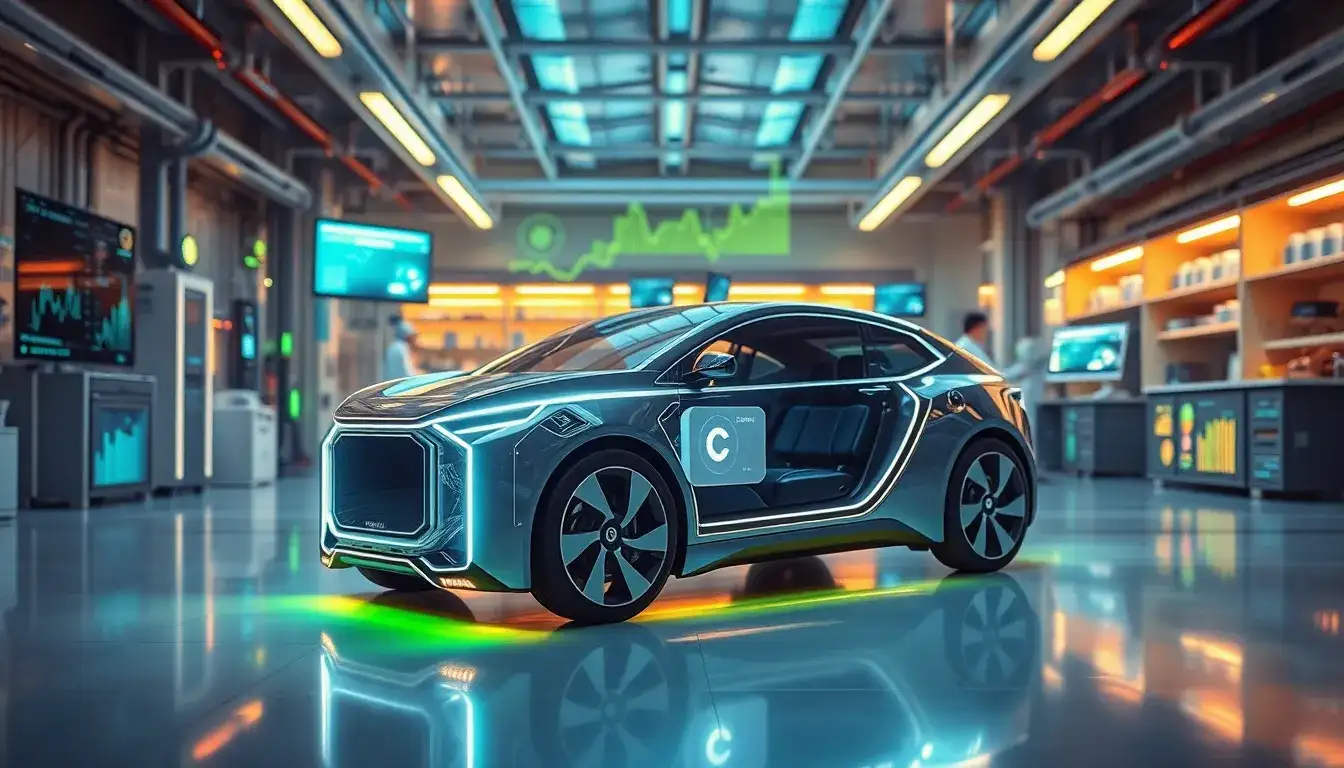
The recent development in silicon-based electric vehicle (EV) batteries marks a significant breakthrough, enabling up to 500 charge cycles while retaining 80% of their capacity and reaching 700 cycles before dropping to 70% capacity. A company based in the Netherlands, LeydenJar, has successfully produced lithium-ion batteries featuring a 100% silicon anode that functions without the need for external pressure during charge and discharge cycles.
Christian Rood, CEO of LeydenJar, expressed pride in this innovation, highlighting its potential to transform energy storage. This advancement is poised to enhance the adoption of silicon anodes in electric vehicles and consumer electronics, addressing a major limitation that has historically affected their application. Silicon anodes present considerable advantages over traditional graphite anodes, primarily due to their superior energy density. Silicon can store up to ten times more lithium ions than graphite, which could lead to the creation of smaller, lighter batteries that deliver greater power output. In the realm of electric vehicles, this improvement translates to increased driving ranges, a vital factor for consumer acceptance. For consumer electronics, it promises longer battery life and improved performance in devices like smartphones, laptops, and wearables.
However, the widespread adoption of silicon anodes has faced significant challenges, particularly due to the material’s tendency to swell during charge-discharge cycles. This swelling can cause internal damage to the battery cell, leading to premature degradation and failure. To mitigate this issue, researchers typically apply heavy clamps to exert high external pressure on cells to maintain the integrity of the anode. Unfortunately, this approach limits the feasibility of using silicon anodes in applications where size and weight are critical considerations.
LeydenJar’s engineers have successfully tackled this challenge by designing a 100% silicon anode with a unique porous architecture that accommodates the volume changes associated with silicon during cycling. This innovative structure prevents damage and ensures long-term stability. With this new technology, LeydenJar has eliminated the need for external pressure for the first time, achieving a remarkable milestone: their silicon anodes can withstand 500 charge-discharge cycles without any external support, meeting the customer-defined benchmark of maintaining 80% capacity after 500 cycles and 70% capacity after 700 cycles. This achievement is the result of extensive research and innovation in the design and engineering of the silicon anode’s structure.
The removal of the external pressure requirement opens up numerous possibilities for integrating silicon anodes into various devices. By replacing graphite with ultra-thin 100% silicon anodes, LeydenJar’s technology can enhance battery energy density by up to 50%. This translates into longer battery life for consumer devices, allowing users to enjoy extended usage without frequent recharging. LeydenJar is actively collaborating with leading battery cell manufacturers and original equipment manufacturers (OEMs) to incorporate its silicon anode technology into their products.
Original article by NenPower, If reposted, please credit the source: https://nenpower.com/blog/revolutionary-silicon-ev-battery-achieves-500-charge-cycles-with-80-capacity-retention-and-50-enhanced-energy-density/


